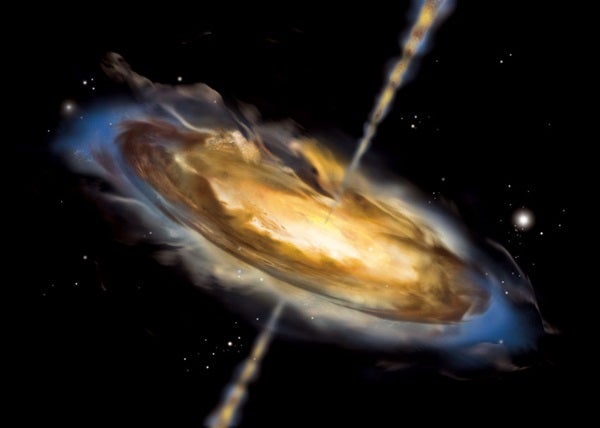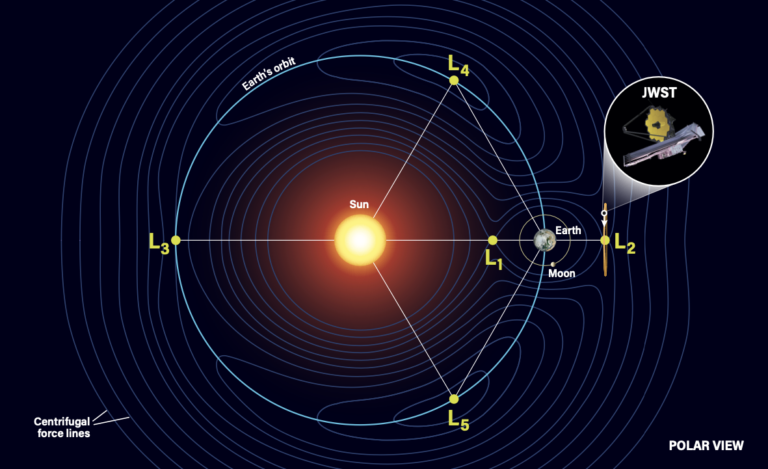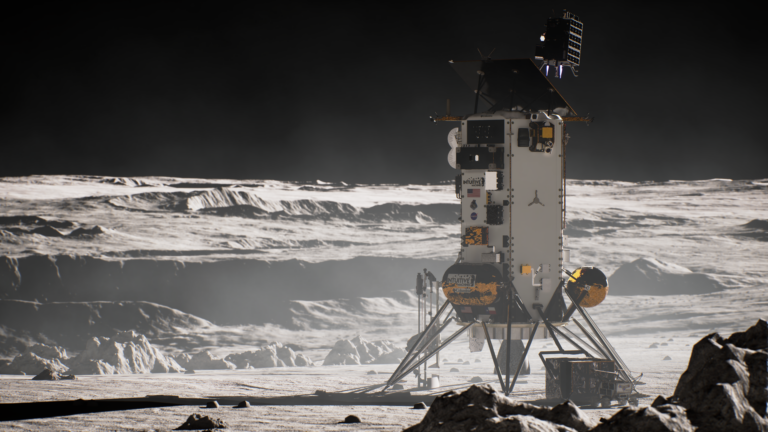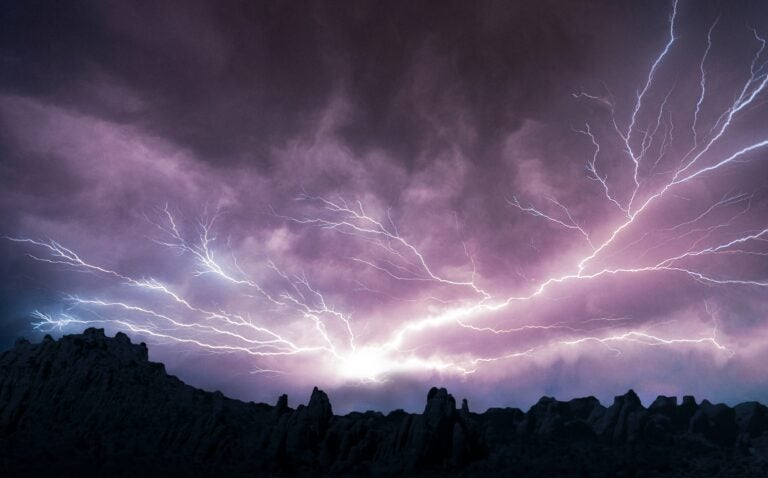“This three-telescope interferometry is a major milestone toward directly imaging the growth phase of supermassive black holes,” said Sebastian Hoenig from the University of California, Santa Barbara, one of the astrophysicists who utilized this technique to observe the AGN at the center of galaxy NGC 3783.
Hoenig described their findings as a ring of hot dust that marks the transition from a more distant mixture of gas and dust in a toroidal (doughnut-shaped) structure to a gaseous disk closer to the black hole. The dusty part, he said, is interesting because it dominates the infrared emission of active galactic nuclei and can be easily observed.
However, observing the ring of hot dust in NGC 3783 was a challenge for the astrophysicists. Not only is the ring distant and faint, but also the ability of individual infrared telescopes to resolve distances between actively accreting objects is highly limited. Even the largest optical/infrared telescopes in the world, the Keck telescopes, were not powerful enough, though they can show objects in the infrared comparable to about the size of a football field at the distance of the Moon.
“In order to spatially resolve the accretion process onto supermassive black holes in nearby galaxies, we have to be at least a factor of 10 better,” said Hoenig. To achieve that angular resolution in a single telescope, it would have to be 425 feet (130 meters) in diameter.
However, by using the AMBER interferometry instrument to simultaneously combine the light from three 8-meter telescopes at the Very Large Telescope Interferometer (VLTI) at the Paranal Observatory in Chile, the research team was able to achieve the angular resolution needed to observe the hot dust ring.
The combination of the light from the three telescopes was no small feat, as the tiny differences in the arrival of light in the individual telescopes have to undergo constant correction with an accuracy of a few micrometers — roughly 10 times smaller than the thickness of a hair, according to Hoenig.
“The ESO VLTI provides us with a unique opportunity to improve our understanding of active galactic nuclei,” said Gerd Weigelt from the Max Planck Institute for Radio Astronomy in Bonn, Germany. “It allows us to study fascinating physical processes with unprecedented resolution over a wide range of infrared wavelengths. This is needed to derive physical properties of these sources.”
Up next for the research team, which also includes astrophysicists from the universities of Florence, Grenoble, and Nice, will be the continued accumulation of information from additional observations toward a highly detailed image of the active galactic nucleus of galaxy NGC 3783.
“Our main interest is to learn how supermassive black holes in the centers of galaxies are fueled so that they grow to the enormous million to billion solar mass objects we see today,” said Hoenig.










